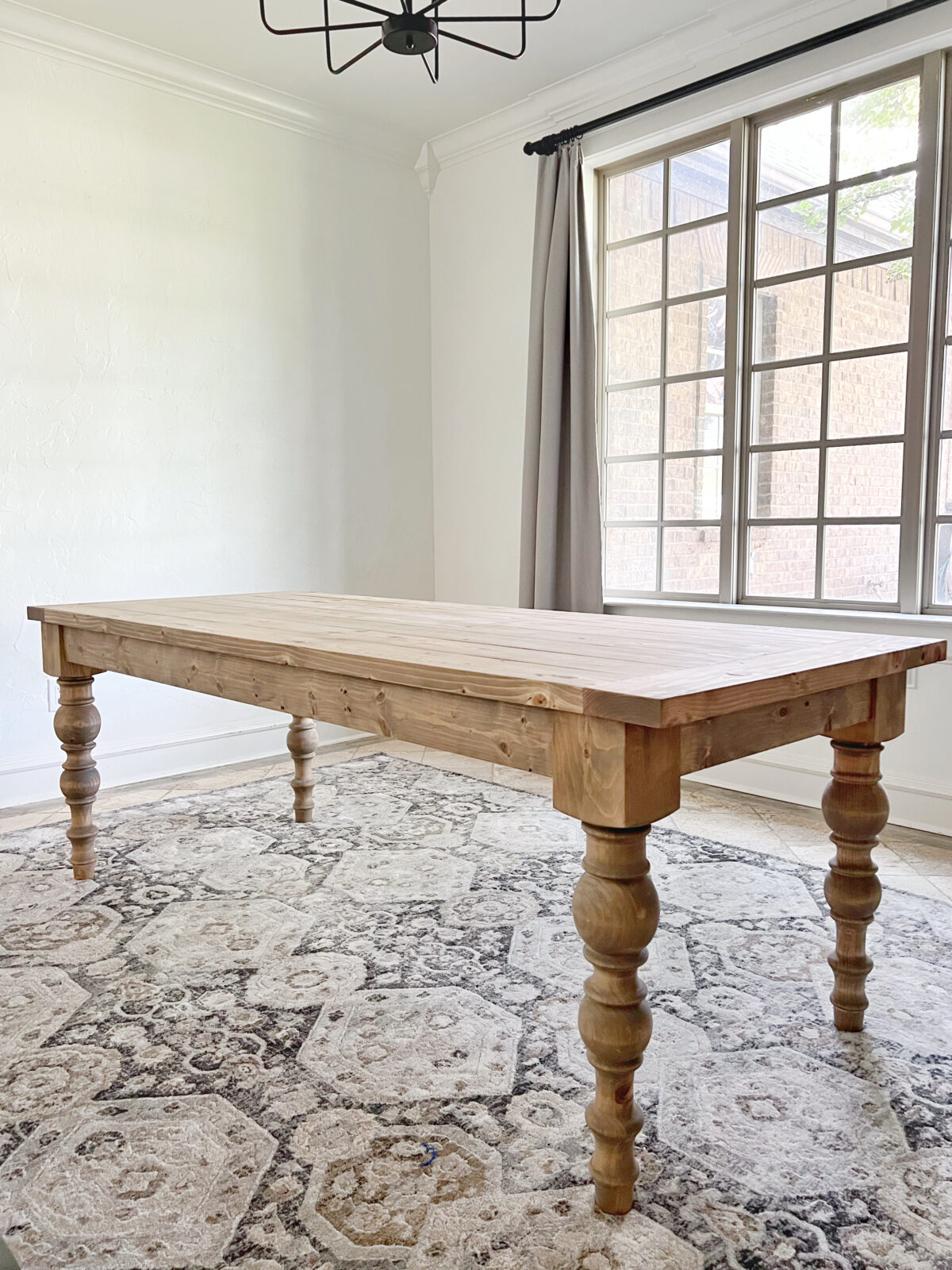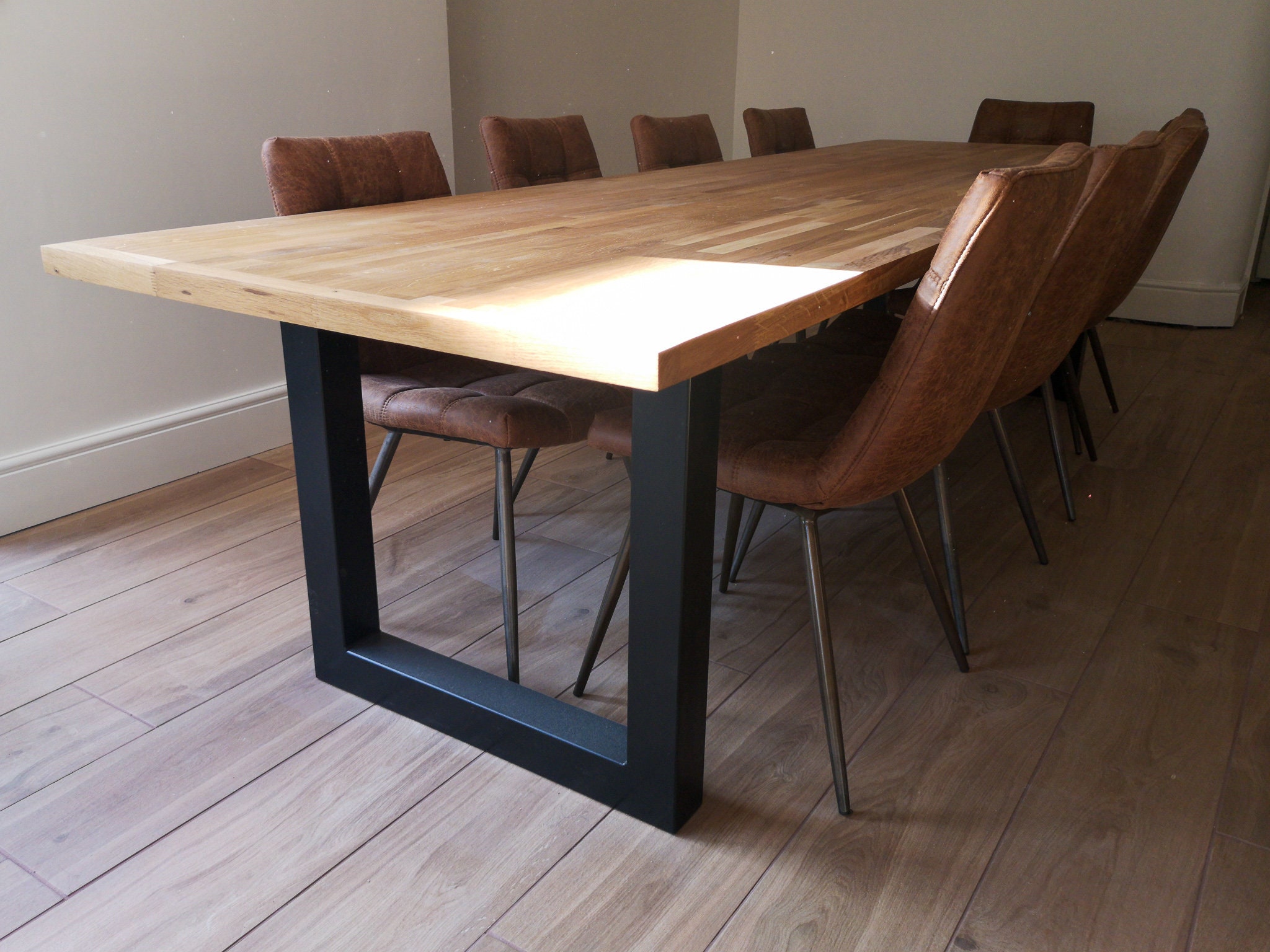Top Patterns in Dining Room Table Legs to Boost Your Eating Space
Top Patterns in Dining Room Table Legs to Boost Your Eating Space
Blog Article
Choosing the Perfect Table: What Styles Work Best for Your Home?
Choosing the suitable eating table for your home can be a nuanced process that balances looks and functionality. To browse these selections effectively and locate a table that genuinely matches your home, think about the adhering to elements in information.
Evaluating Your Room
Evaluating the measurements and layout of your eating location is a vital very first step in choosing the ideal dining table. Begin by measuring the length and size of the space, representing entrances, home windows, and various other building features that can affect table placement. This makes sure that your table not only fits however additionally permits comfy activity around it.
Think about the variety of individuals you usually delight. A table ought to accommodate your house's daily requirements while offering adequate adaptability for periodic visitors. As a regulation of thumb, designate a minimum of 24 inches of table size per individual to guarantee a comfy eating experience.
It's likewise crucial to keep ideal clearance around the table. Ideally, there ought to go to the very least 36 inches between the table side and wall surfaces or other furnishings, making it possible for simple access and movement. For areas where chairs with arms or added storage space units like buffets are included, increasing this clearance to 48 inches is a good idea.
Lighting and atmosphere play considerable duties also. Make sure that your dining table aligns with existing illumination fixtures or prepare for appropriate lighting solutions. This comprehensive spatial assessment warranties that your dining table not only fits physically however also harmonizes with your area's general performance and visual.
Popular Table Styles

Conventional dining tables commonly include luxuriant details, bent legs, and abundant timber finishes, stimulating a feeling of classic sophistication. They are perfect for homes with classic design or those looking to include a touch of sophistication to their dining location.
Modern dining tables focus on simplicity and clean lines, usually incorporating materials like glass and steel. These tables are ideal for contemporary spaces, providing a streamlined and minimalist look that complements minimal layout viewpoints.
Rustic table, on the other hand, highlight natural products and a handcrafted look - dining room table legs. They typically include reclaimed wood and a troubled surface, creating a cozy and inviting ambience. These tables work well in farmhouse-style homes or those looking for a comfortable, natural feeling
Industrial eating tables combine raw products such as steel and timber, commonly showcasing an utilitarian aesthetic. This design is fit for lofts or urban spaces, adding a touch of sturdy beauty and longevity to the dining experience.
Each design offers unique benefits, making it necessary to choose one that lines up with your home's general style and your individual choices.
Material Choices
When picking a table, the choice of product plays a crucial function in identifying both the table's looks and performance. Timber, steel, glass, and composite materials each deal distinct benefits and obstacles, making it vital to straighten the product with your home's design and lifestyle requirements.
Timber is a classic and versatile option, available in varieties such as oak, walnut, and mahogany. Recognized for its durability and warmth, wood complements both typical and modern insides. It needs normal maintenance to prevent scrapes and bending.
Metal tables, typically crafted from stainless steel, light weight aluminum, or functioned iron, are commended for their modern appeal and address effectiveness. They are especially fit for industrial or minimalist setups however can be vulnerable to dents and may feel chilly to the touch.
Glass table bring an air of style and openness, perfect for smaller sized areas as they develop an impression of more room. While simple to tidy, glass can be vulnerable to spots and needs cautious handling to prevent chips and splits.
Composite products, such as MDF and plywood, offer cost-efficient and personalized options, though they might lack the long life of all-natural products. Picking the ideal material ensures your table is both a useful property and an aesthetic pleasure.
Forming and Size Factors To Consider
After identifying the proper product for your table, the following factor to consider is picking the best form and size to match your area. The form of the table substantially affects the space's aesthetic and functionality. Rectangular tables, one of the most typical form, are suitable for larger areas and can fit a higher number of guests. They likewise permit for a much more formal dining experience. On the other hand, round tables cultivate a feeling of affection and are outstanding for smaller eating areas, motivating conversation by removing edges and making everyone really feel equally included.
As a regulation of thumb, designate at least 24 inches of table width per individual to make certain comfortable eating. In addition, think look here about the table's clearance area: there must be at the very least 36 inches between the table edge and the walls or various other furniture. Prolonging tables supply flexibility if you regularly host larger celebrations, providing added seats when required without inhabiting additional space daily.
Matching Your Decoration
Selecting a table that integrates with your existing decoration is critical in producing a natural and inviting space. Begin by evaluating your present interior layout style, whether it be contemporary, typical, rustic, or eclectic. The table need to enhance the overall aesthetic, not take on it. For example, a sleek, minimal table with tidy lines is suitable for a modern-day home, while a vintage, elaborate table fits a more standard setup.
Shade and material are just as significant. If your design features cozy tones and natural materials, take into consideration a wood table to boost the organic feel. Conversely, a glass or metal table may be better suited in a space controlled by great colors and industrial components. Take notice of the surface, as it needs to mirror various other furniture and fixtures to keep consistency.
Appearance plays a vital role. A rough-hewn, reclaimed wood table can include personality to a go to my site rustic space, while a refined marble surface can elevate a lavish dining location. Consider the range and percentage of the table in relationship to the space dimension and existing furniture. A well-matched table not only improves aesthetic allure however additionally improves the general dining experience.

Conclusion
Selecting the perfect dining table demands mindful consideration of room, design, materials, shape, and dimension. Typical tables complement classic interiors with rich timber surfaces, while modern-day tables match contemporary setups with glass and steel.
Report this page